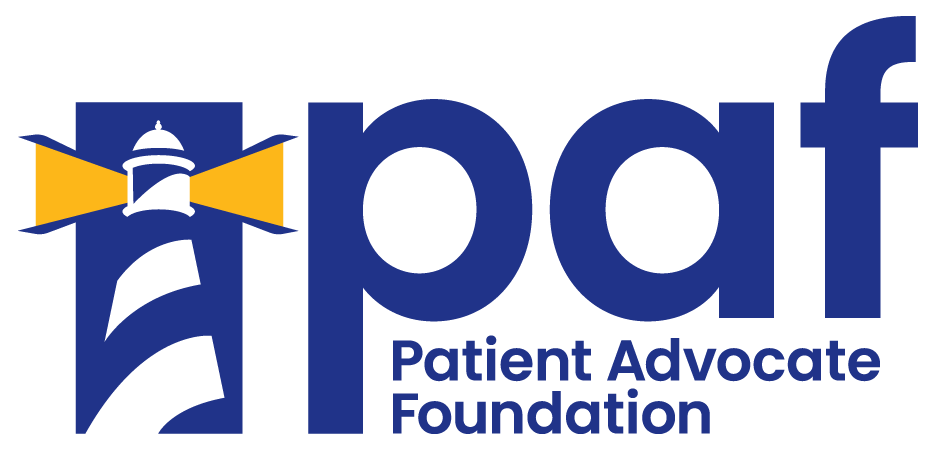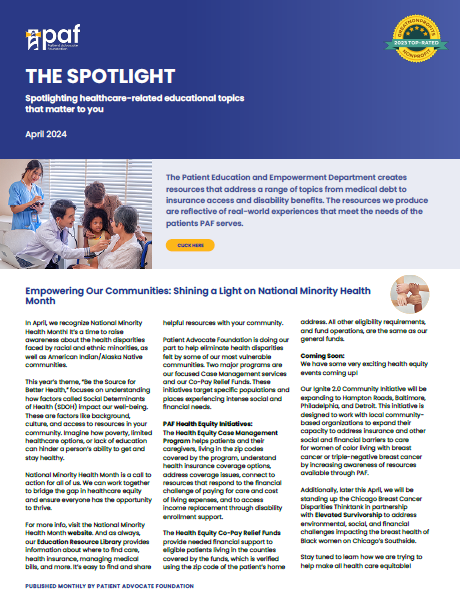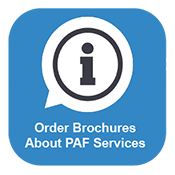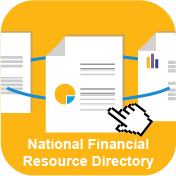Pathways to Medicare and Medicaid
Medicare is a national health insurance program for people age 65 or older who are citizens or permanent residents of the United States. Congress expanded eligibility to provide Medicare coverage to individuals diagnosed with certain conditions.
Additionally, people who have been determined to be disabled by the Social Security Administration, and have been collecting SSDI payments for 24 months are eligible for Medicare benefits.
Medicaid is a federally mandated, but state run health insurance option for people with lower incomes and assets who need access to health care coverage.
In order to be eligible for Medicaid, you must meet certain financial criteria and be a member of each state’s defined ‘covered group’.
As a member of a ‘Covered group’, you must be able to document that you are:
- Blind
- Elderly
- Minor-aged children, OR
- Deemed disabled
You must not exceed the income and asset requirements defined by each state’s eligibility requirements.
In an effort to make affordable health coverage available to low income adults while reducing the number of uninsured, the Affordable Care Act encouraged states to expand their Medicaid eligibility solely based on low income status, but not all states chose to change their eligibility.
People who qualify for Medicaid due to a disability can meet eligibility requirements with somewhat higher incomes, which are established by each state. In these cases a form of Medicaid insurance is provided at some cost to the member.










